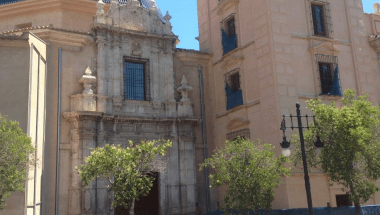

The Silk Road was a network of trade routes that emerged from the commerce of Chinese silk in the second century B.C. and extended through the Asian continent reaching the Western Mediterranean. Thanks to Muslims, silk arrived in the Region of Valencia where its cultivation, its manufacture and its commercialization acquired great international notoriety.
Valencia is a reference among the cities of the western silk routes because of its multiple links with the commercial corridors of this fabric. Valencian silk manufacture began at the Muslim times but the remarkable growth experienced by this industry was mainly with the arrival of Genoese craftsmen, whose advanced technology allowed to achieve an artisan specialization in high quality silk fabrics. This fabric represented, from the 15th to the 19th century, the most powerful industry in the city of Valencia, and part of its legacy was the Merchants Market, also known as Silk Exchange, and the College of High Silk Art - Silk Museum. In the eighteenth century, Valencia became the main Spanish silk centre, especially since Toledo's production began to decline. It is the golden century of Valencian silk. At that time, twenty-five thousand people were engaged in the silk industry in the city, which had more than four thousand looms. From the 19th century, the production and trade of silk declined, however the tradition continues today through the indumentary of some of our festivals, such as the Fallas, whose costumes represent a unique manifestation of the beauty of silk fabrics.
Discover the Silk Road, its monuments, museums and all the cultural, gastronomic and leisure offer of the Region of Valencia.

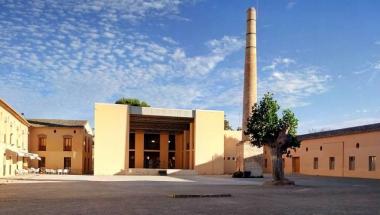
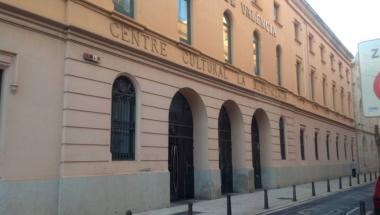
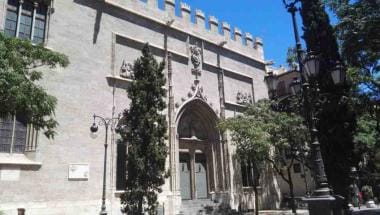
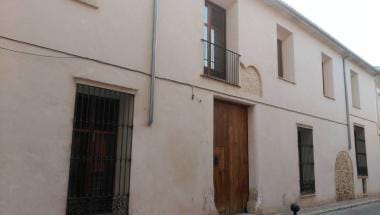
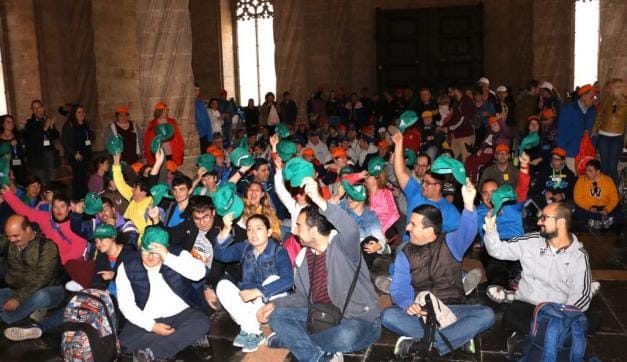
On Friday 25 October a one-day event was held in the city of Valencia to publicise the Silk Road. It was attended by around 250 people with varying disabilities from a number of towns across the Region of Valencia, namely Segorbe, Nules, Valencia, Burjassot, Gandia, Pego and Oliva.
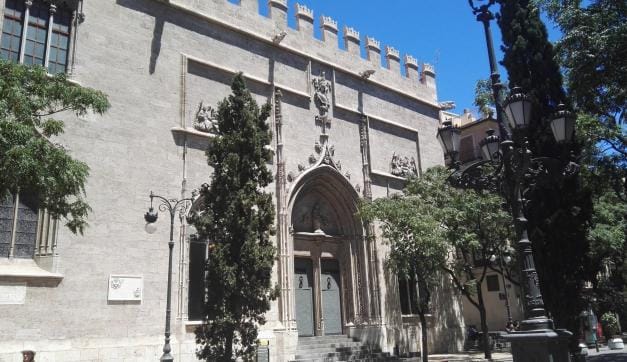
Silk occupies an essential chapter in the history of València, a common thread enabling us to gain a better understanding of not just urban and rural landscapes but of València's art and history too.